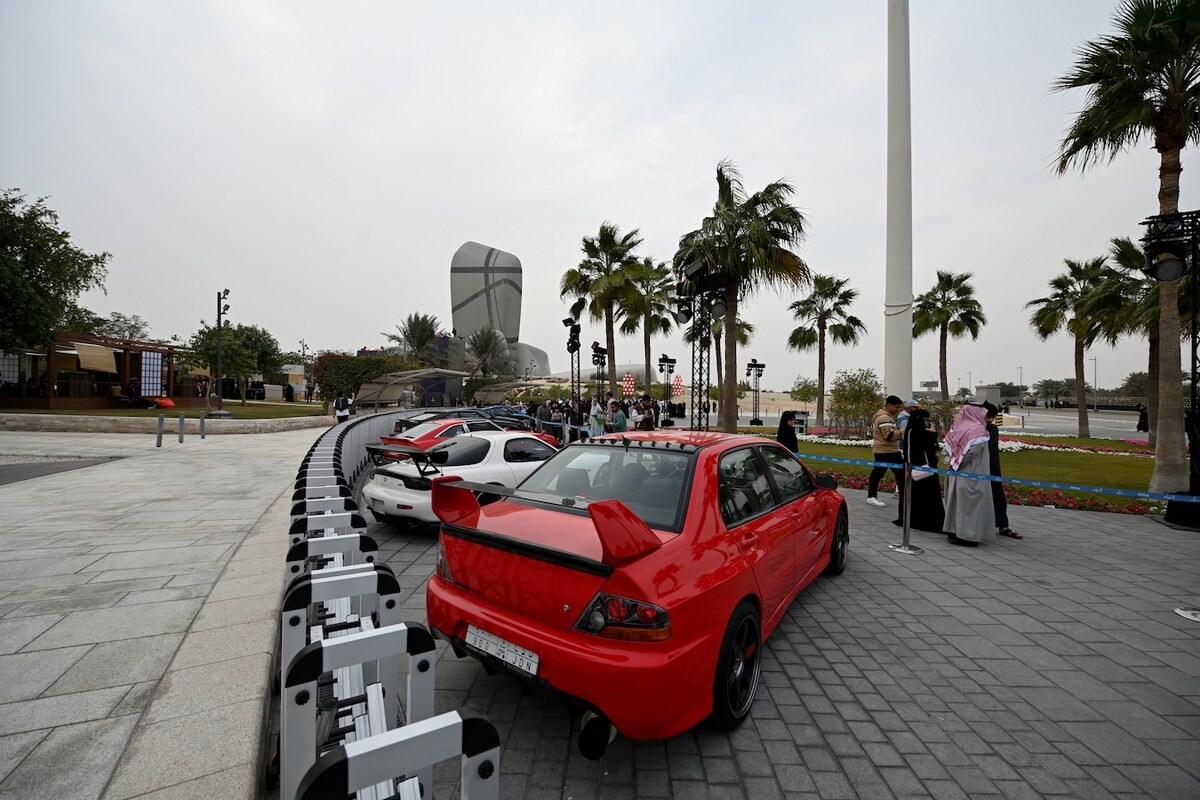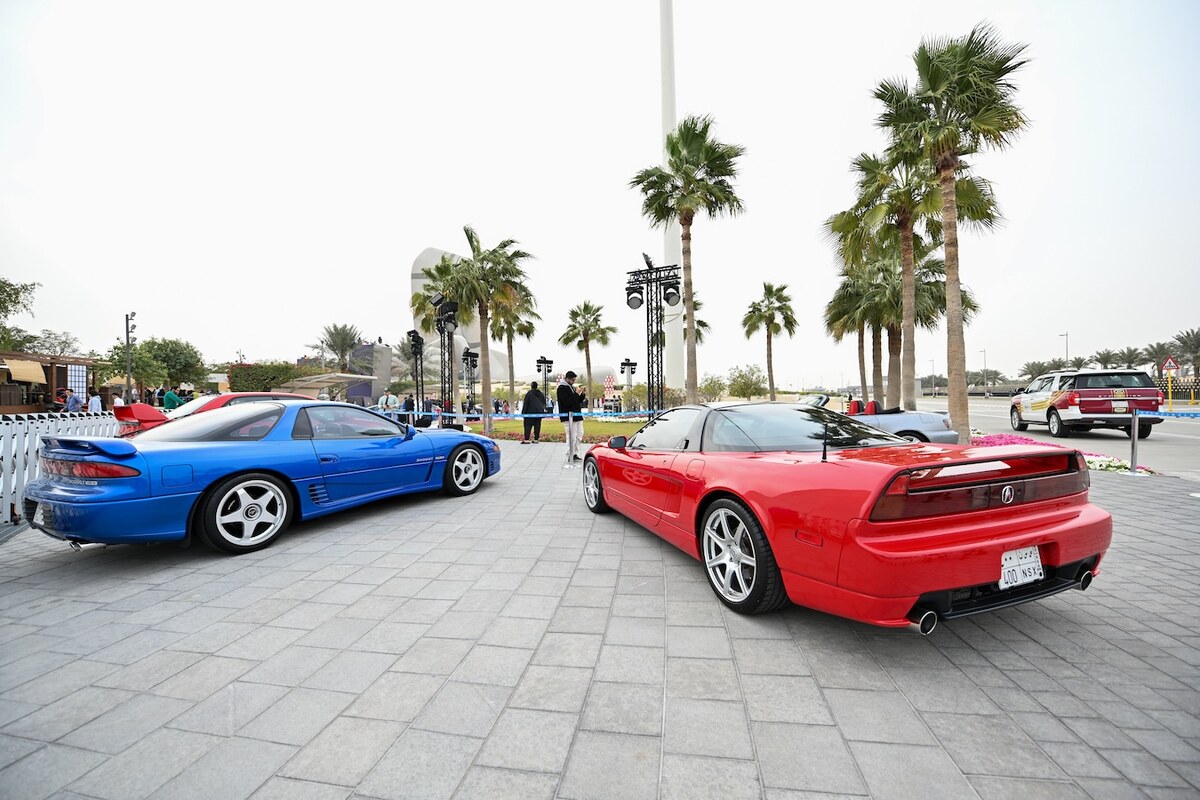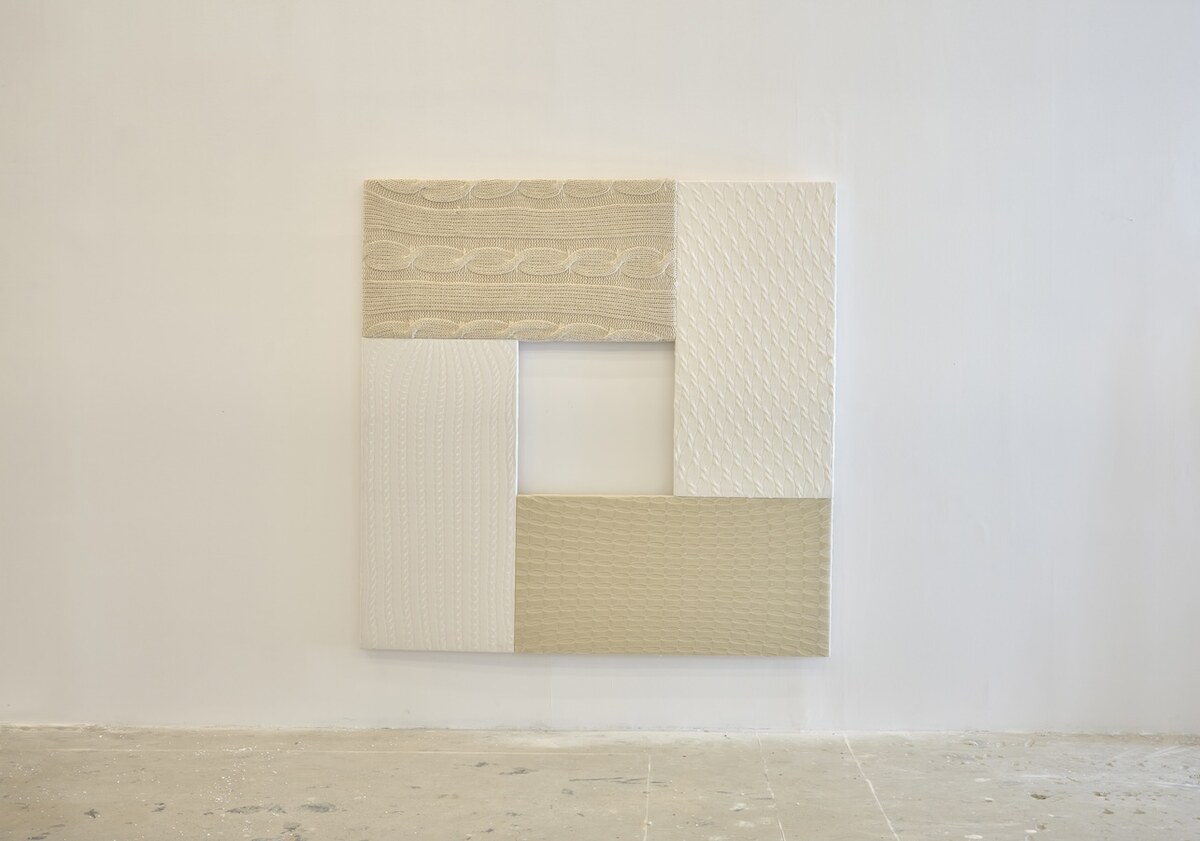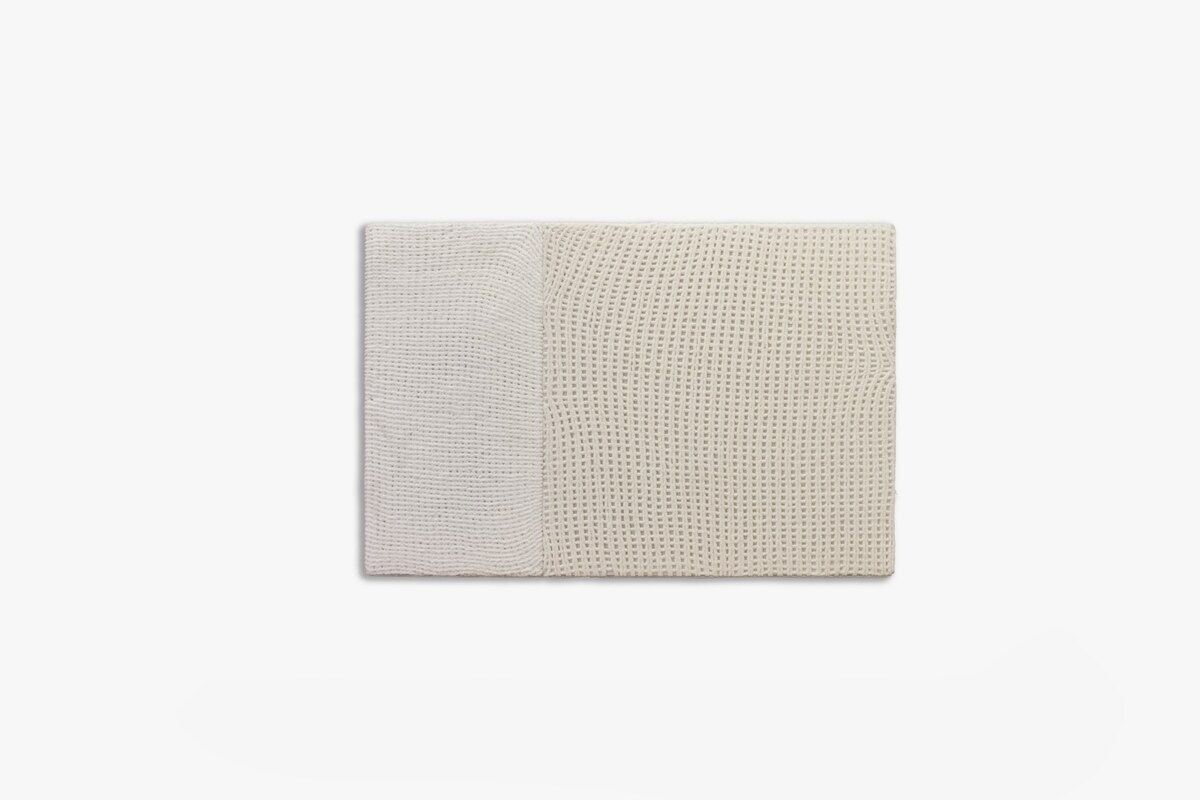DUBAI: US director Leslye Headland is finally realizing her dream of helming a show in the “Star Wars” universe — the setting for many of her childhood play sessions. She’s also become the first woman to create a show for the franchise.
“I came into the universe by basically hammering everybody at Lucasfilm to hear my pitch,” Headland tells Arab News, detailing the many cold calls it took to finally get them to listen.

Amandla Stenberg, Lee Jung-jae and Director Leslye Headland on the set of Lucasfilm's 'The Acolyte.' (Supplied)
The result — “Star Wars: The Acolyte,” which began June 4 on Disney+ — is set in the High Republic era, approximately 100 years before the events of the film “Star Wars: Episode I — The Phantom Menace.”
It’s a mystery thriller that follows respected Jedi Master Sol (“Squid Game” star Lee Jung-jae) as he investigates a series of crimes that bring him into contact with a former Padawan — or Jedi apprentice — called Osha (Amandla Stenberg).
Headland had a simple philosophy when she developed “Star Wars: The Acolyte.”
“The real trick of it is to write a story that doesn't necessarily have to take place in the ‘Star Wars’ universe. It's a story you could hopefully just lift and put into a modern setting and still be compelled by it,” she says. “I think there's really some compelling family dynamics in this show. Between sister and sister (Stenberg also plays Osha’s twin, Mae) and then father and daughter. And because this is a story about the bad guys, there's also that underdog-versus-the-institution dynamic — the underdog Sith versus the institution of the Jedi. So I just to stuck to telling the story and then put the ‘Star Wars’ into it.”

Amandla Stenberg behind the scenes of the film. (Supplied)
South Korean actor Jung-jae makes his English-language debut with “The Acolyte.”
“Just being able to play a Jedi as an actor is something that is so interesting and also such a huge honor. And of course, I felt a pressure to do well within this role,” he says.
“The kind of training I had to go through to prepare for my character in ‘Squid Game’ versus Master Sol in ‘The Acolyte’ were completely different. As Master Sol, I had to channel being a martial artist, so, there were two months of training prior to ‘The Acolyte,’” he continued.
“I had to save all my energy and be able to channel it in a very focused way to be able to express Master Sol’s aura — from the way that he stood to the way that he walked or moved his hands. This part was not easy. And there was also a lot of choreography that I had to memorize. So, even though there was a physical aspect to my character in ‘Squid Game,’ I would say it was completely different to the type of physical acting I had to do for Master Sol.”

Mae (Amandla Stenberg) in Lucasfilm's 'The Acolyte.' (Supplied)
Stenberg — who had her breakthrough moment playing Rue in “The Hunger Games” franchise says she found her double role of playing twin sisters at odds with each other an “interesting” exercise.
“Particularly as we reached the end of our show, I felt often that I had to emotionally confront myself, which was really interesting — to think about the different parts of myself as separate from each other and think about how they engage with each other,” she says.
A keen cosplayer and fan of fantasy and sci-fi genres, Stenberg has been vocal about her love for the “Star Wars” franchise in the past.
“I loved ‘Star Wars’ growing up, particularly the prequels,” she says. “And I love it even more now, because it's just become my job to learn as much as I can. And it’s one of those universes that the more you learn, the more you love, the more you get lost in it. I've always loved fantastical universes and galaxies far, far away and how much joy they bring to people and how much you can learn from taking our contemporary issues and placing them in a context where your imagination is free.”























